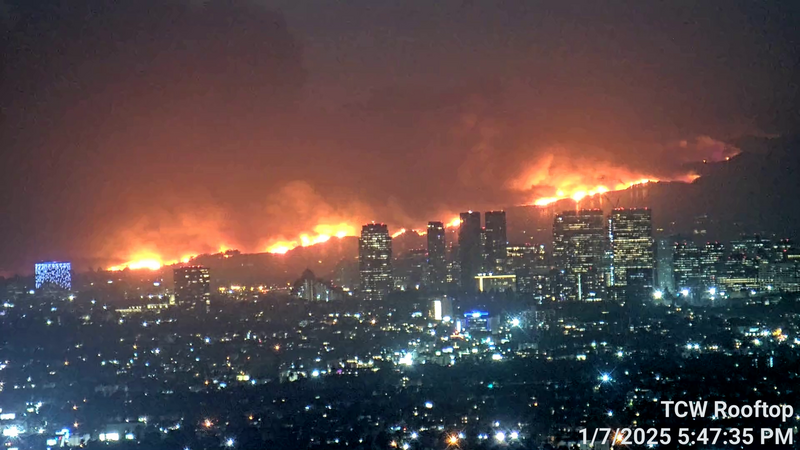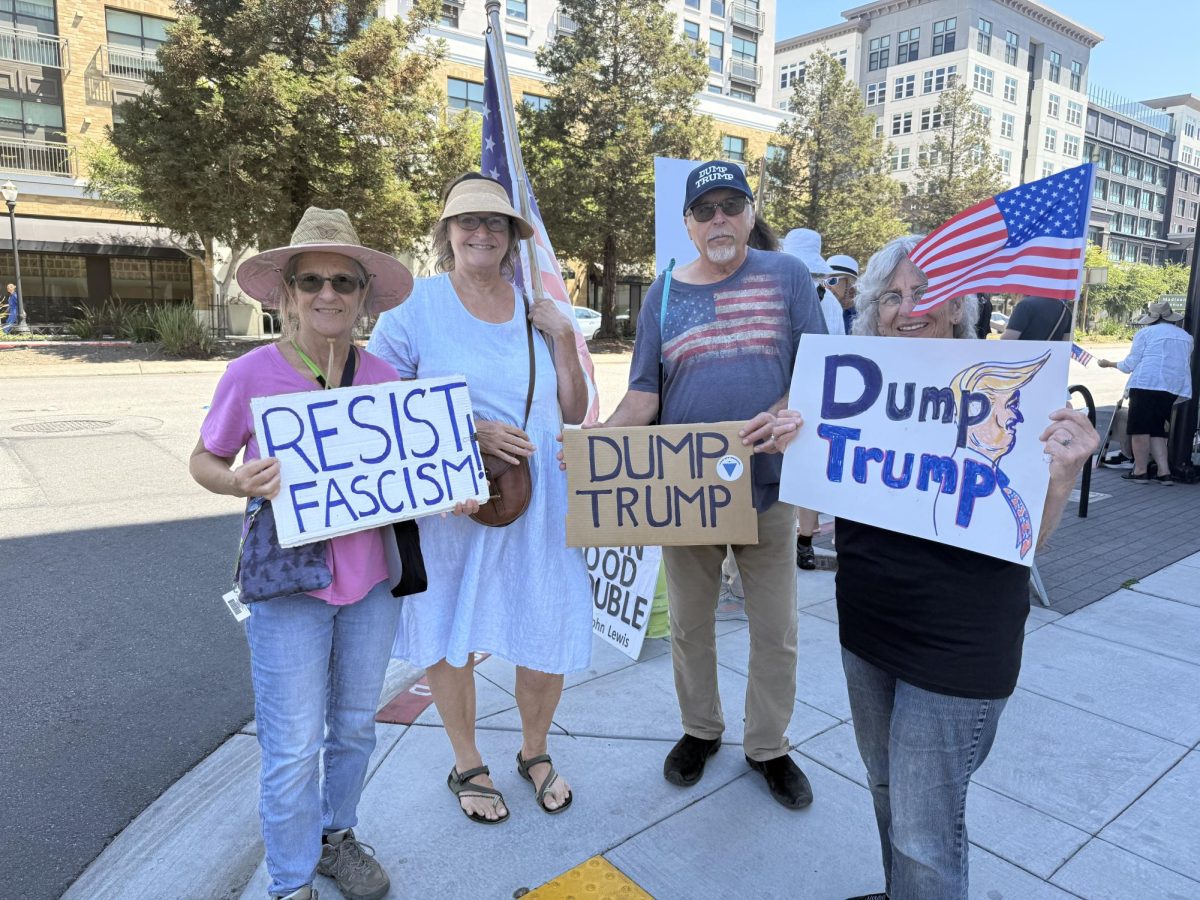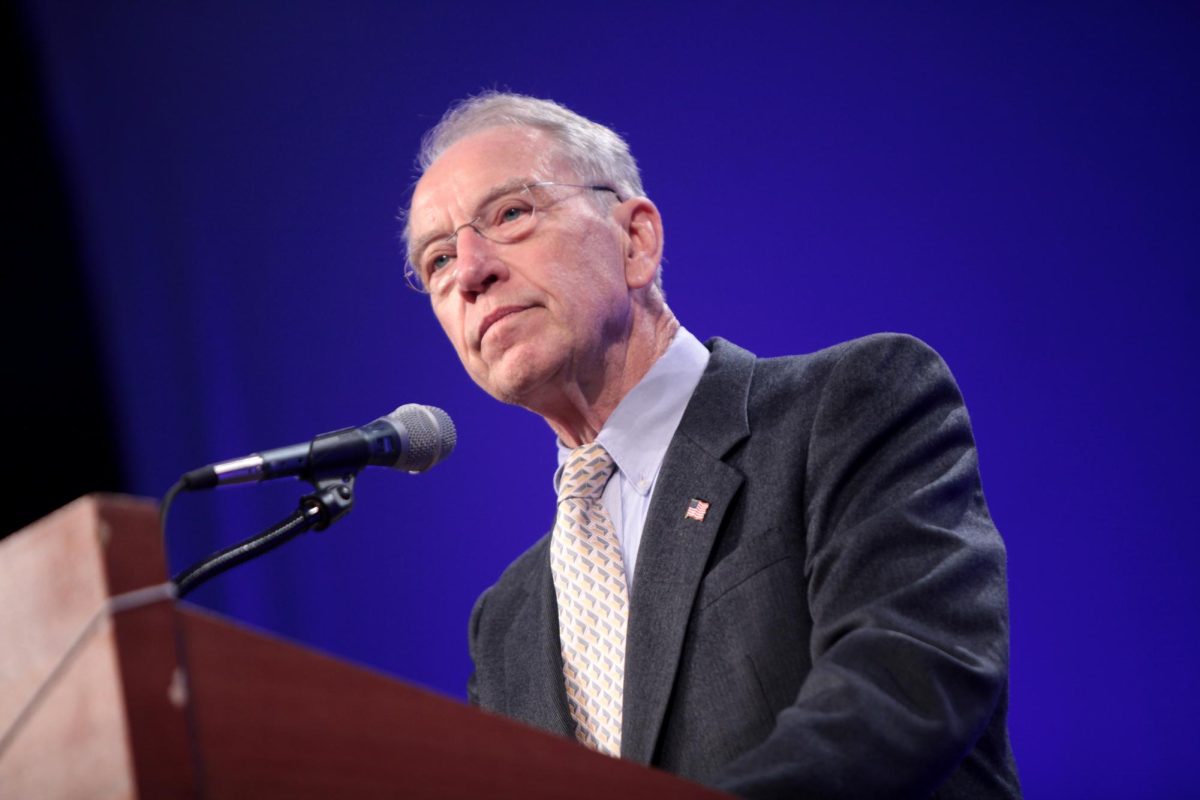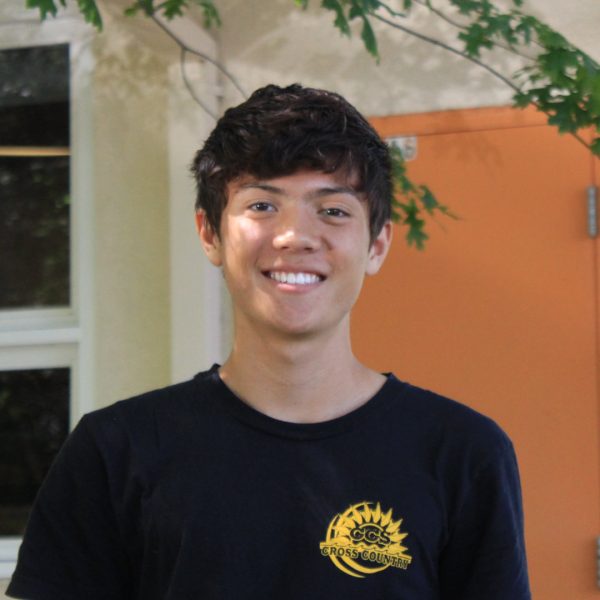A national spotlight has been on Los Angeles (LA) recently because of the fires that have caused over 37,000 acres of land to burn, destroying thousands of homes and structures.
The Palisades fire and the Eaton fire have been some of the most destructive and costly fires in California history, and have been fueled by high-speed winds and drought after wet, rainy seasons. More specifically why the fires are so intense, captain at McCallen Tanker Station Alan Rose said that the three signs that he looks at to assess fire danger are the topography, weather and fuel. These are what caused the intensity of the fire, and one factor was especially dangerous.
“The wind is definitely the most influential to fires nowadays,” Rose said. “You [can] have fuel and topography there, but once that wind gets on, there are more destructive forces. [The winds are] making the fire more intense than anything else.”
The Santa Ana winds occurred as a result of a high-pressure front that is on one side of a mountain range, in this case, the Great Basin, and there is a low-pressure front on the other side, leading to the winds going over the mountains or through a pass. These winds compress as they come down the mountain due to atmospheric pressure, and they heat up as they compress. Since they are dry winds coming from a desert region, when they reach the coast they are hot, dry, fast winds, which intensify fires and help fires spread.
“If you’re going direct on a fire line, and as we use the [fire] mobile or hose lay up the line, those winds are so intense that the fire’s laying down and cheating, as we call it, across the vegetation,” Rose said. “It’s moving so fast that we can’t [put it out], or the winds will actually pick up the embers, and they’ll be ember casting across the line. And then that’s what causes spot fires.”
There are multiple ways to fight fires, using water to try and put it out directly, as Rose said, but there are other tactics employed when the fire is too big or hot to put out directly.
“So direct would be like putting [a] hose [line] down, going along the fire’s edge and putting out [the] fire, water on fire,” Rose said. “We also have indirect tactics, where if we can’t get to the fire, or it’s too intense to get to safely, then we [force] the fire to go to a specific point where we can attack it.”
Senior Tyler Cowan has family in the area of the fires who were at risk, but were not forced to evacuate. His main concern around the fires was for his relatives’ safety.
“I’m not concerned for myself, because the worst we’ll get is some smoke, which we haven’t even gotten because I think the wind blows the other way,” Cowan said. “But for my family, actually, most of my family lives a little outside of where the fires are, but my uncle, who lives right there, he lives near the mountains, which the fires were, blowing away [from]. I was a little worried about [him] when the [fires] were going around.”
Woodside students have a general knowledge of fire safety, living in California, but always need to be aware of what they are doing in terms of fire safety, as sophomore Christian Tsui said.
“LA is a bustling city in the middle of the desert, but [these fires] could really happen in Redwood City, and we should all be fire-safe,” Tsui said. “All the Smokey the Bear things we [have] to make sure we’re following by putting our charcoal away when we’re camping, and you have a fireplace set up, you gotta dispose of your charcoal and coal and all that. Just stay safe out there.”
Cowan also said that it is important to be cautious with fires due to the extreme consequences that can come from a small accident.
“It’s best to always be careful when dealing with fires, because fires like these can get started from anything, like putting out a cigarette or something,” Cowan said. “[It can] turn into a forest fire, [which] turns into a whole city getting burned down, you just always have to be careful with fire because of how much it can spread and destroy.”
Overall, one of the best ways for California to prevent and fight against these destructive wildfires is public awareness and preparation, as well as everyone doing their part to keep fire risk down, according to Rose.
“The general public should be aware that this could happen anywhere,” Rose said. “People always thought that this happens out in the forest where you live out in the middle of nowhere, but now that we’ve seen it can come even down in Malibu. So the one thing we have to do is have these residents be prepared for anything.”






